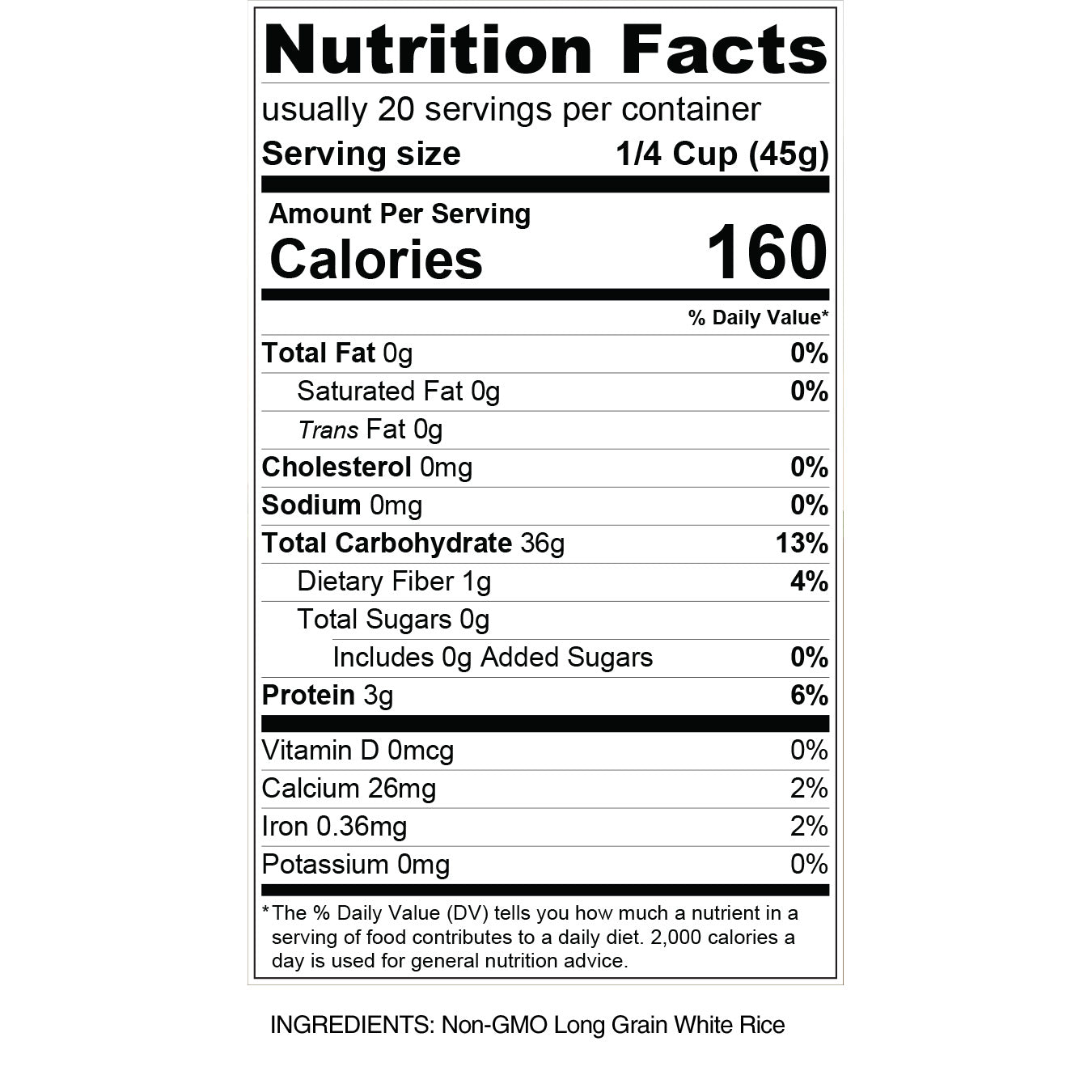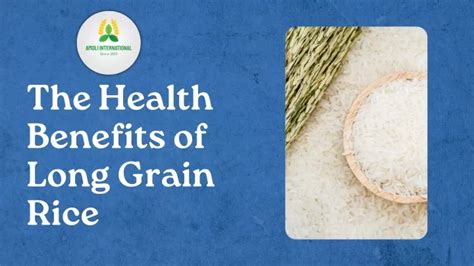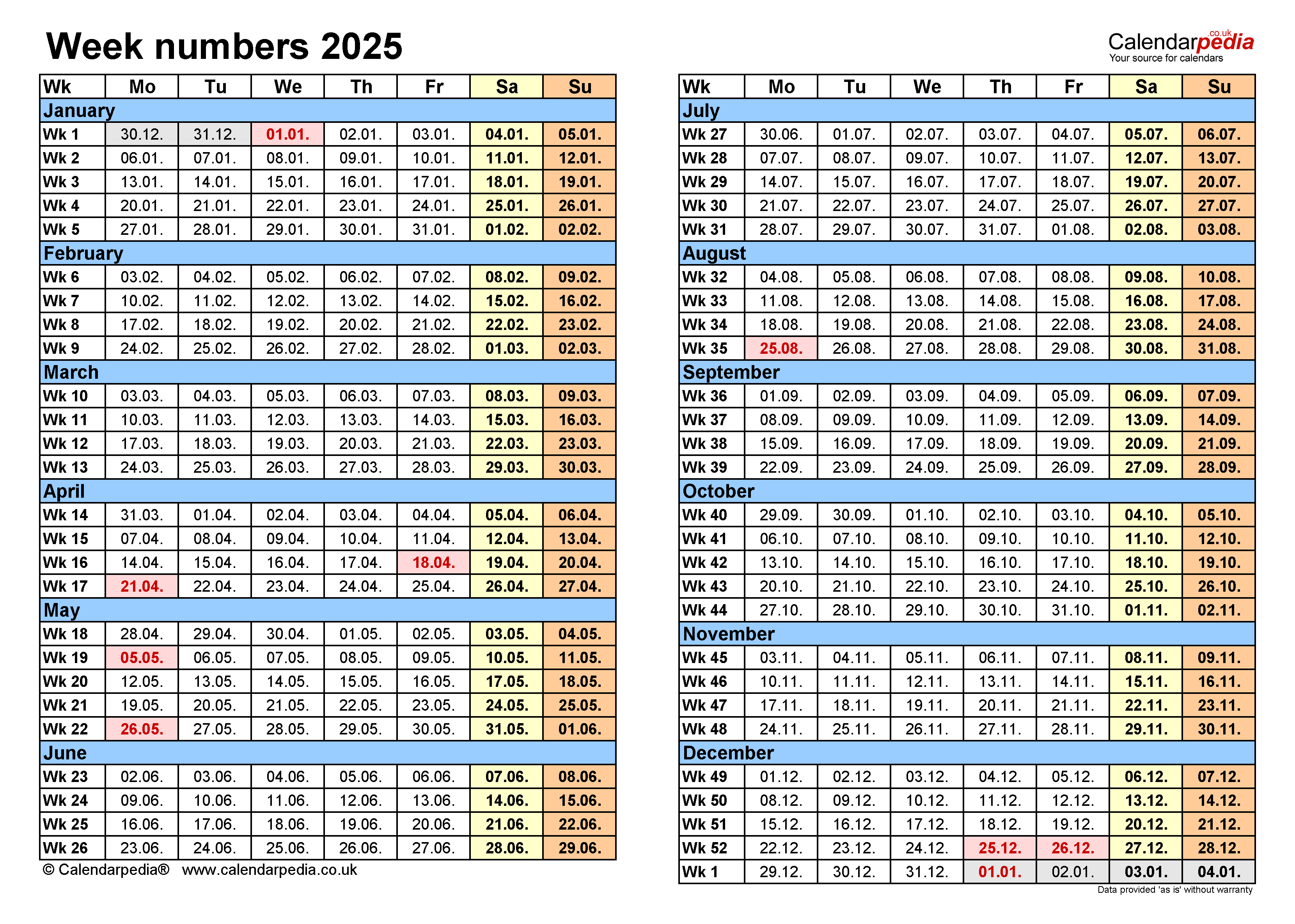5 Healthy Benefits of Long-Grain White Rice

Long-grain white rice is a staple food for many cultures around the world, and it offers a range of nutritional benefits that contribute to a healthy diet. In this article, we will explore five key advantages of incorporating long-grain white rice into your meals, backed by scientific research and nutritional insights.
Nutritional Profile of Long-Grain White Rice

Long-grain white rice, often referred to as polished or milled rice, is a refined grain that has had its outer layers (bran and germ) removed during the milling process. While this refining process removes some nutrients, it also enhances the rice’s texture and cooking characteristics. Here’s an overview of the nutritional composition of long-grain white rice:
| Nutrient | Amount per 100g |
|---|---|
| Calories | 360 kcal |
| Carbohydrates | 80g |
| Protein | 7g |
| Fat | 0.4g |
| Fiber | 0.4g |
| Vitamin B1 (Thiamin) | 0.1mg |
| Vitamin B2 (Riboflavin) | 0.02mg |
| Vitamin B3 (Niacin) | 2mg |
| Vitamin B6 | 0.1mg |
| Iron | 1.6mg |
| Magnesium | 22mg |
| Phosphorus | 114mg |

1. Essential Carbohydrate Source

Long-grain white rice is an excellent source of carbohydrates, which are the body’s primary energy fuel. Carbohydrates provide the energy needed for physical activity, brain function, and overall bodily processes. One cup (185g) of cooked long-grain white rice contains approximately 45 grams of carbohydrates, making it a valuable addition to a balanced diet.
Glycemic Index and Blood Sugar Control
Long-grain white rice has a moderate glycemic index (GI) of around 55-65, depending on the variety and cooking method. Foods with a lower GI release glucose more slowly into the bloodstream, helping to maintain stable blood sugar levels. This makes long-grain white rice a suitable choice for individuals aiming to manage their blood sugar, such as those with diabetes or pre-diabetes.
2. Rich in B Vitamins
Long-grain white rice is a good source of several B vitamins, which play crucial roles in energy metabolism, brain function, and overall health. Here’s a breakdown of the B vitamins found in long-grain white rice:
- Thiamin (Vitamin B1): Essential for converting carbohydrates into energy and maintaining a healthy nervous system. One cup of cooked long-grain white rice provides about 20% of the recommended daily intake of thiamin.
- Riboflavin (Vitamin B2): Supports energy production and the maintenance of healthy skin, eyes, and nerves. Long-grain white rice contributes a modest amount of riboflavin to your diet.
- Niacin (Vitamin B3): Vital for energy metabolism and the proper functioning of the digestive system and skin. One cup of cooked rice supplies around 15% of the daily niacin needs.
- Vitamin B6: Involved in protein metabolism and the production of neurotransmitters. Long-grain white rice contains a small amount of vitamin B6, contributing to overall intake.
3. Good Source of Minerals
Long-grain white rice provides several important minerals that support various bodily functions. Here’s a look at some key minerals found in this rice variety:
- Iron: Essential for the production of hemoglobin, which carries oxygen in the blood. Long-grain white rice contributes a small amount of iron to your diet, aiding in maintaining healthy blood cells.
- Magnesium: Crucial for muscle and nerve function, as well as maintaining a steady heart rhythm. One cup of cooked rice offers approximately 8% of the recommended daily intake of magnesium.
- Phosphorus: Works with calcium to build and maintain strong bones and teeth. Long-grain white rice is a good source of phosphorus, contributing to overall bone health.
4. Low in Fat and Sodium

Long-grain white rice is naturally low in fat and sodium, making it a suitable choice for individuals watching their fat and sodium intake. One cup of cooked rice contains less than 0.5g of fat and negligible amounts of sodium. This makes it a valuable addition to a heart-healthy diet, as excess fat and sodium intake can contribute to cardiovascular disease.
Heart-Healthy Choice
The low fat and sodium content of long-grain white rice, combined with its complex carbohydrate profile, makes it a heart-friendly food choice. Complex carbohydrates take longer to digest, helping to maintain stable blood sugar levels and reducing the risk of sudden spikes in insulin, which is beneficial for heart health.
5. Versatile and Easy to Prepare
One of the significant advantages of long-grain white rice is its versatility in the kitchen. It can be used as a base for various dishes, including stir-fries, curries, pilafs, and even desserts. Its neutral flavor allows it to complement a wide range of ingredients, making it a staple in many cuisines worldwide.
Nutritious Rice-Based Meals
When preparing long-grain white rice, consider adding nutritious ingredients such as vegetables, lean proteins, and healthy fats to create well-rounded meals. For example, a rice bowl with grilled chicken, steamed vegetables, and a drizzle of olive oil provides a balanced combination of carbohydrates, protein, and healthy fats.
Cooking Tips
- Rinse the rice before cooking to remove excess starch and improve texture.
- Use a ratio of 2 cups water to 1 cup rice for a fluffy and evenly cooked result.
- Experiment with different cooking liquids, such as broth or coconut milk, to enhance flavor.
Is long-grain white rice suitable for a gluten-free diet?
+Yes, long-grain white rice is naturally gluten-free, making it a safe choice for individuals with celiac disease or gluten intolerance.
Can long-grain white rice be a part of a weight loss diet?
+When consumed in moderation as part of a balanced diet, long-grain white rice can be included in a weight loss plan. Its low fat and calorie content make it a suitable choice when paired with lean proteins and vegetables.
How does long-grain white rice compare to brown rice nutritionally?
+Brown rice is considered more nutritious than long-grain white rice due to its higher fiber, vitamin, and mineral content. However, long-grain white rice still offers valuable nutrients and can be a part of a healthy diet when consumed in moderation.



